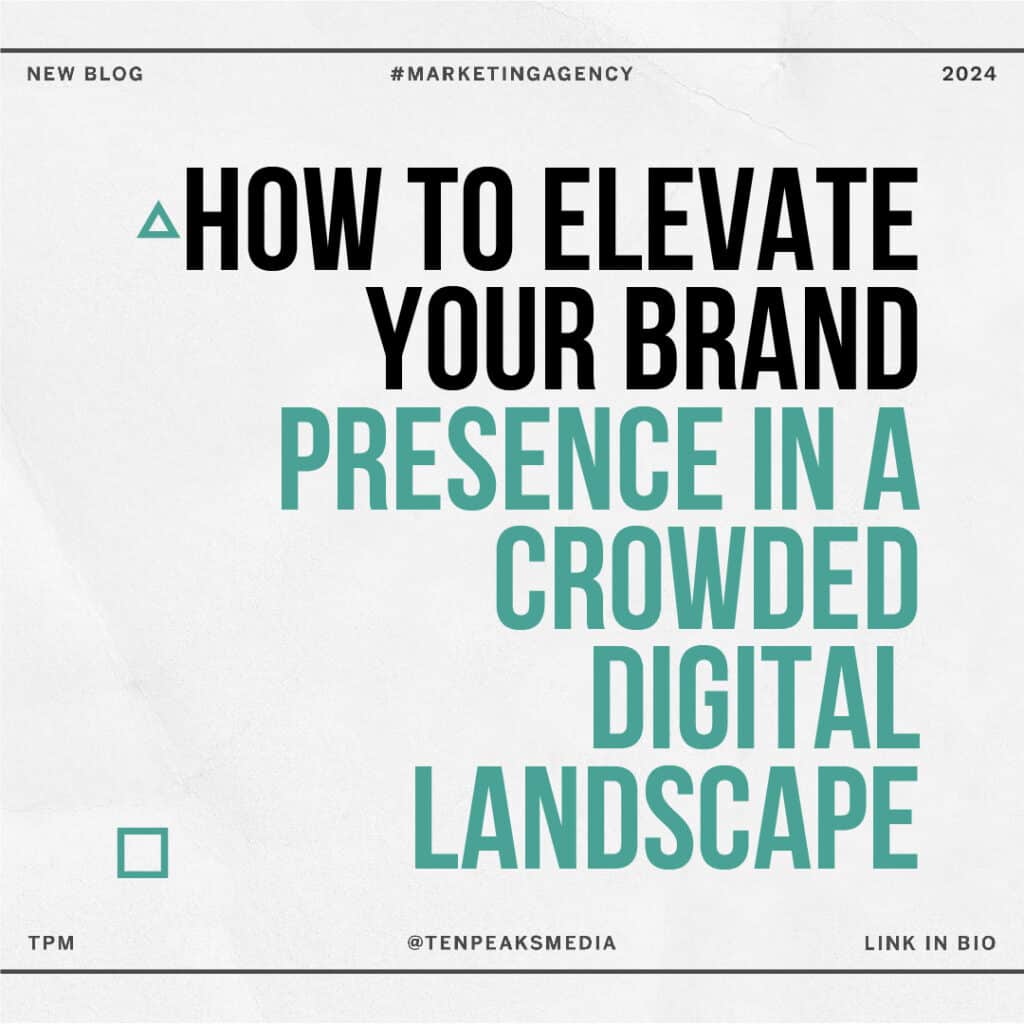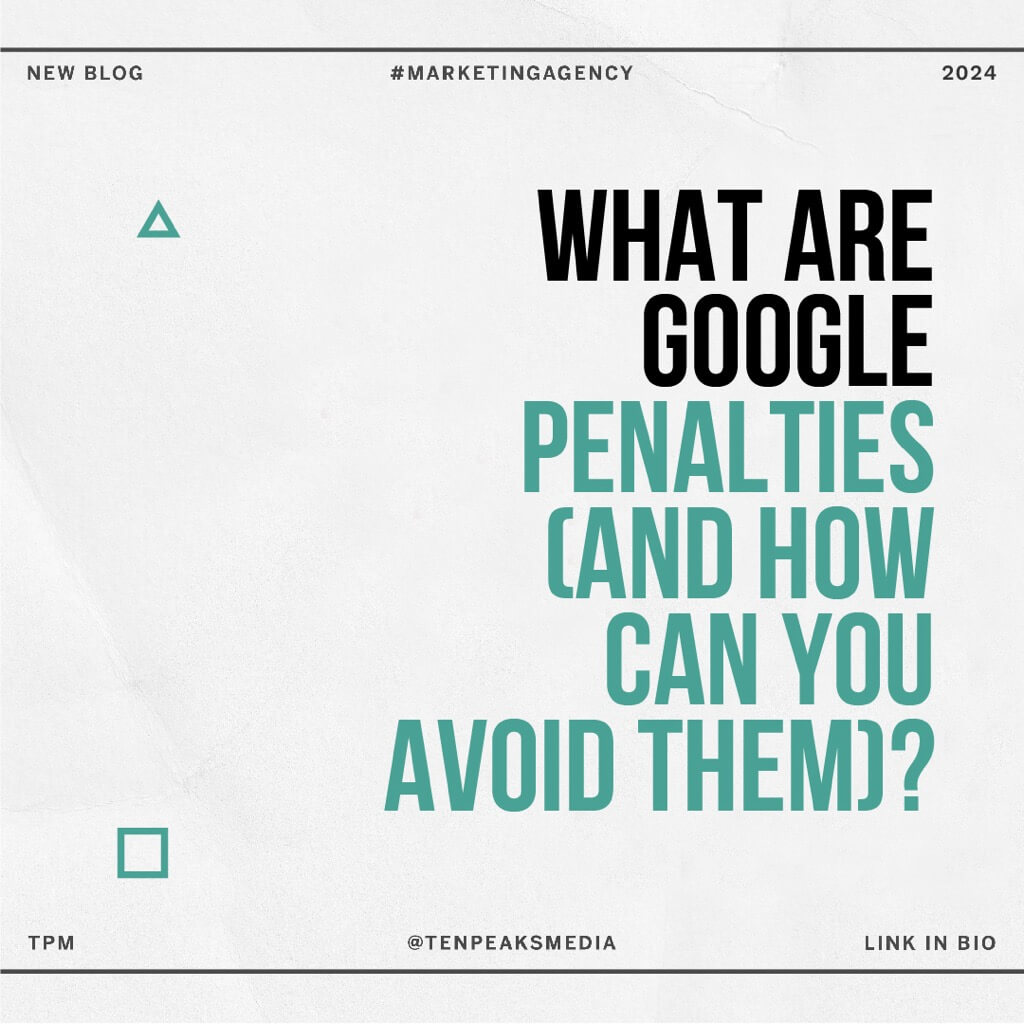Statistics show that 37% of companies don’t have a content marketing strategy in place. Statistics also show that small businesses get 126% greater lead growth through blogs.
A huge part of business growth is online marketing and content. This is something that many businesses lack because they are not up to speed with this technology.
The difference between SEO and SEM is very important for your business. These are two things that your business needs for online growth and better conversions.
Keep reading to find out what is the difference between SEO and SEM.
SEO vs. SEM
Before we dive into these differences, you need to know what SEO and SEM are. SEO stands for search engine optimization, while SEM means search engine marketing.
Understanding SEO vs SEM can feel overwhelming if you are new to this. But understanding these marketing options is very important for growing your online presence.
SEO
SEO stands for search engine optimization. It is the process of optimizing a website to improve its visibility, ranking, and organic search engine traffic on different search engines such as Google and Bing. SEO includes technical and creative strategies such as improving page titles, meta-descriptions, and content, as well as increasing external links to a website.
When you type something into Google, similar phrases are shown below. This is because you have unknowingly typed in a keyword. Keywords are the root of SEO and are the types of phrases your potential customers and clients will be looking for.
If you owned a beauty company, you may want to try to rank for beauty questions people would be looking up. When you use these keywords, you are using SEO to gain viewers.
Strategic and effective search engine optimization starts with keyword research. You will need to use keyword research tools to find keywords that your potential customers or patients are using to find your product or services.
One of the benefits of SEO is that it allows you to show up organically. You have put the time into doing keyword research which will generate organic conversions.
On-Page SEO
One type of search engine optimization is on-page SEO. These keywords should be aligned with the search intent of your potential clients.
If someone is looking up clothing, they are most likely wanting to shop and are looking for e-commerce stores. If someone looks up clothing trends, they are looking for something that will give them information.
This would be a keyword for a blog where you discuss clothing, not a shop. This is what on-page SEO is since you want to provide what the customer is looking for.
Off-Page SEO
Another type of SEO is off-page SEO, which is used to improve a website’s visibility and ranking in the search engine results pages (SERPs). This is where you do things off of your site to help your business rank on Google.
This includes activities such as link building, directory submission, and social media marketing. Off-page SEO focuses on gaining authority and trust through external websites and sources in order to improve rankings.
One example of this is writing guest posts for other high-quality websites within your niche.
Then those website readers may click that link to go to your site. This is very valuable and improves your ranking on Google as you become an authority source.
Keep in mind that off-page SEO is not limited to link building. Reviews are also something that can be useful in building a reputation.
Technical SEO
Another type of search engine optimization is technical SEO. This is when you update the technical side of a website so search engines can index, find, and crawl your content.
To rank on Google, your content has to show up on search engines. But that is not enough on its own, search engines also have to be able to crawl your content.
Once that happens, search engines can index your content so that it can rank. This is the step-by-step process included in technical SEO that is necessary for your content to show up.
SEM
SEO and SEM are two different strategies used to help boost online visibility. SEO stands for search engine optimization and is the practice of increasing organic rankings on search engine results pages (SERPs). SEM stands for search engine marketing and is focused on gaining visibility through paid advertising methods such as Google Ads or other networks. SEO is a long-term strategy that focuses on optimizing content, while SEM is a more immediate form of digital marketing that gets you more visible faster.
When discussing the difference between SEO and SEM, there are a few details to discuss. Unlike SEO, SEM is where you drive traffic to your website.
This can be done in terms of organic traffic or paid traffic or both. Because of this, SEO is a type of SEM since it is the creation of organic traffic through keyword searches.
How Long Does SEM Take?
Now that you know what SEM is, you probably want to know how long it takes. The problem is that there is no specific timeline, this is impacted by several factors.
Results from Google Ads can begin to be seen within the first few days of launching your campaign. The amount of time it takes to see results depend on the size and scope of the campaign as well as your targeting. Generally, you can expect to see a noticeable ROI after about three months after launching your ad campaigns.
SEO is significantly slower than SEM since this is going to produce organic traffic. SEO works by creating content that is optimized for search engines, such as using certain keywords and making sure the content is structured properly.
This shows that SEO is a long game, not something that produces instant gratification. If you are lucky, some pages may rank within 60 days and develop some traffic.
Keep in mind that this also depends on the type of keywords you are using. Some industries are much more competitive when it comes to high-quality keywords.
The more competitive a keyword is, the more difficult it is to rank for it. That is why keyword research is important to make sure your content has the chance of being found.
How Much Does SEM Cost?
SEM for businesses is not going to be something that you get for free. Search engine marketing is going to cost you some money if you want to make it work for you.
For example, if you are using PPC, you are paying for that form of advertising. That is why it is called pay-per-click because you pay a certain amount every time it converts someone to click on the ad.
The cost of SEM campaigns varies greatly depending on the type of campaign, targeting options, and budget size. For example, Google Ads campaigns can cost anywhere from a couple of dollars a day to thousands of dollars per day. It’s important to note that while you may spend more money upfront, SEM has been known to have a higher ROI when compared to other forms of digital marketing.
What Is PPC?
Now that we have talked about the difference between SEO and SEM, we should talk about PPC. This is because pay-per-click advertising is another part of SEM for businesses.
This is the more expensive marketing tactic, as you pay for each visitor that comes to your site from these ads. These are usually displayed on Google for potential clients looking up keywords.
You will need to do keyword research so that your ads reach the right audience. It is also important to factor in how much these will cost since it varies according to ad type and how competitive the keyword is.
Once these steps are completed, you can start setting up your ads and begin getting traffic to your website or landing page. Monitoring the performance of the ads is important in order to track results and make changes as needed. In addition, testing out different types of ads and strategies can help you determine the most cost-effective way to reach your target audience.
Bid Setting
One thing you have to do for your PPC campaign is to manage the bid setting. This is when you set how much you are willing to pay Google for each ad click.
Your competitors are also doing bid settings, so if they pay more, their ads will show up more. It also depends on how relevant the ads are, Google will display ads that have the most potential to be clicked.
This also allows you to follow a budget so that you don’t spend too much on advertising.
Ad Creation
The next thing you need to do is create the ad you will display. This usually includes deciding what it will say and where your ad will redirect people to.
Google offers quality scores, which can help you understand how good your ad is. You want an engaging ad that people will feel comfortable clicking, otherwise, it will be a waste of money.
This is another area where you should do extensive research to find out what ads customers are clicking.
Audience Targeting
The next thing you need to do is decide who is going to see your ad. You want to target an audience that has interests in the area of your business.
If your ads aren’t showing up for the right audience, they aren’t going to be clicked. You need to speak to a pain point of the audience or offer something that they want.
The Main Difference Between SEO and SEM
If you are trying to focus on your online marketing, you may have heard about SEO vs SEM. The difference between SEO and SEM can be complex until you break it down.
Are you interested in SEO or SEM services from an experienced company with proven results? Contact us today at Ten Peaks Media to book a call about digital or content marketing for your business.



